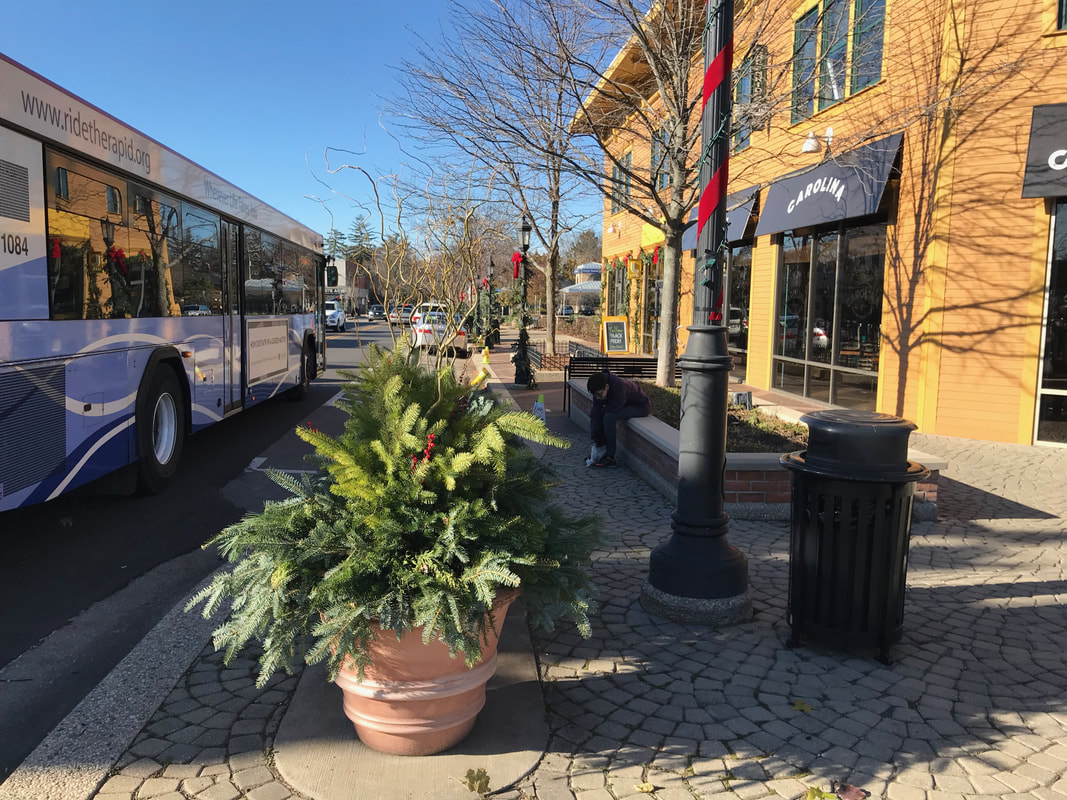 The popularity of cities is self evident these days. Millennials and empty nesters are flocking to downtowns across American, attracted by culture, ubiquitous dining options, and the ability to reduce or eliminate their reliance on the automobile. Some cities exhibit so much gravity that high prices and gentrification are real problems. But there is another, related trend of equal importance. This is the growing popularity of so-called “surban” living. The term surban was coined by John Burns, a real estate consultant in California who studies shifting housing preferences. He catalogued an offshoot of the popularity of cities driven largely by millennials who were getting married and having kids. This cohort loves city living, but also looks for the additional room families require, better schools suburbs often offer, and good transit to them to jobs in the city. Burns looked at this trend is the context of larger cities like Chicago or San Francisco, where folks seeking surban living are drawn to walkable suburbs such as Naperville in the Chicago area or Walnut Creek east of San Francisco. These suburbs offer many of the characteristics of downtown, but on a smaller scale, and allow for the house and yard growing families seek. Larger metropolitan areas are well served by surban communities. These larger metros have suburbs with historic downtowns that have the form and density to provide the attributes surban wannabes seek. Smaller city metros, characterized in the census as micropolitan areas, often lack natural surban areas and therefore only have sprawl to offer those not willing or able to live in the central city. These regions have to work harder to encourage development that attracts surbanites. Creating new urban areas (a.k.a. surban areas) requires vision, planning, and leadership. Left to its own devices, development usually comes in the form of suburban sprawl. This is not because there is not market demand for surbia, there is as Mr. Burns found out. Sprawl happens because conventional zoning and transportation policy encourages it, and often outlaws more urban development. Regions must understand their demographics and the housing preferences of their citizenry. Once understood, making sure preferred development is permitted and encouraged is critical to assuring the newly identified need can be met. If your citizens are demanding surban development, you must be sure you have a good plan in place to surbanize!
1 Comment
11/11/2022 09:31:27 am
Season morning even ground. At usually about walk today.
Reply
Leave a Reply. |
AuthorRob Bacigalupi helped build one of the premier downtowns in the Midwest Archives
March 2020
Categories |
 RSS Feed
RSS Feed